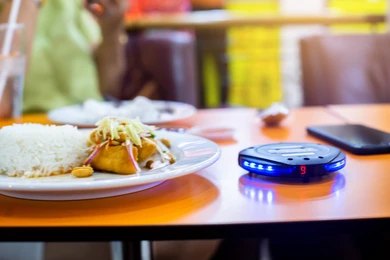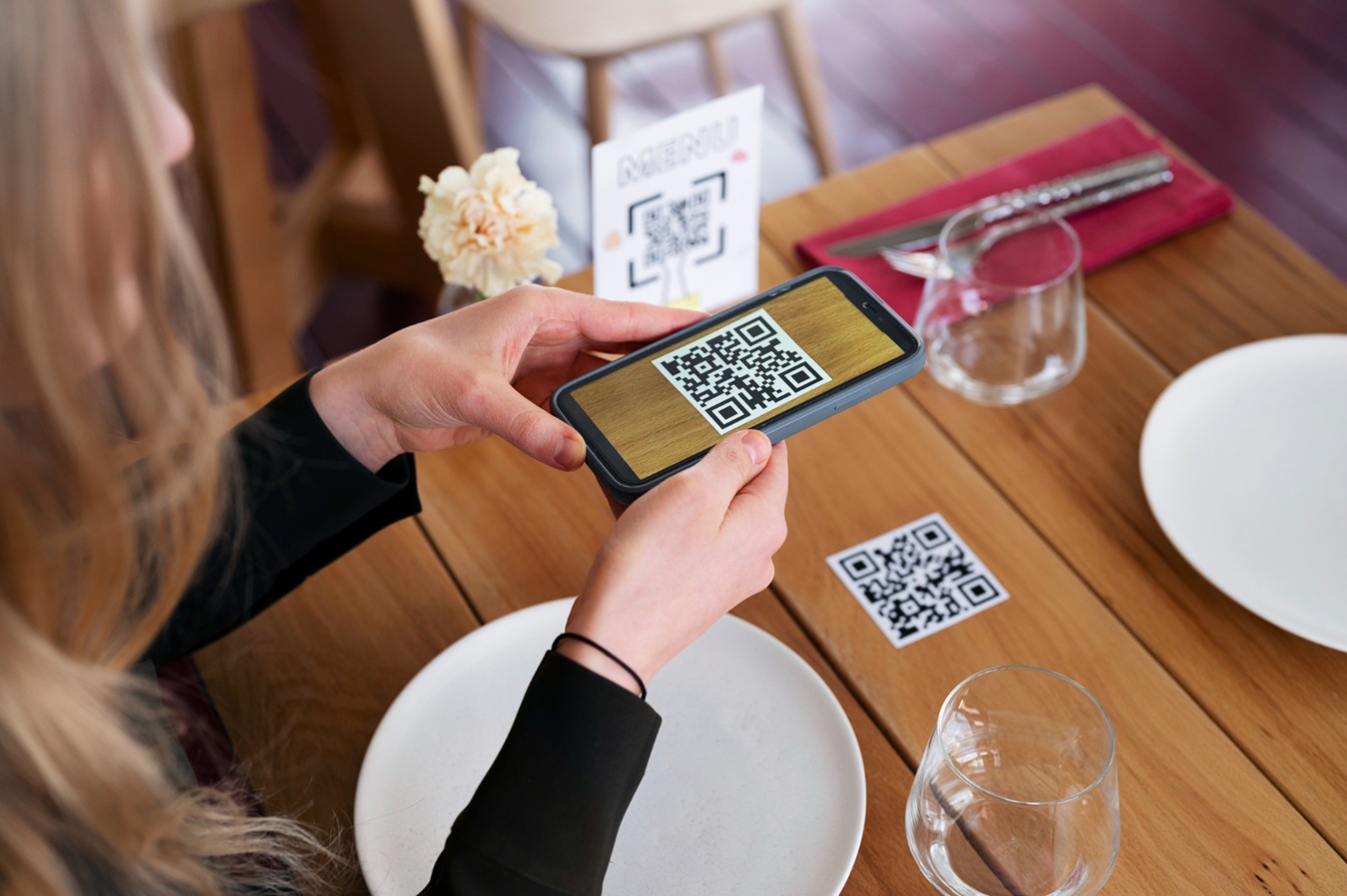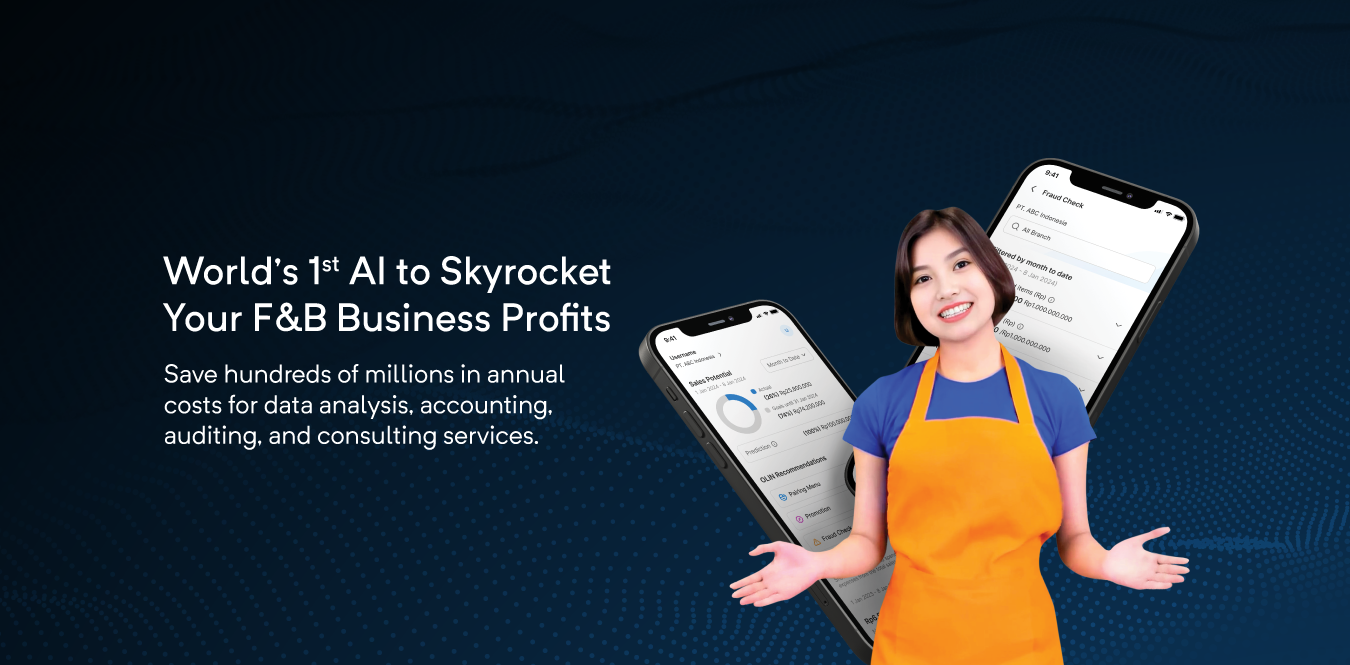 SHARE
SHARE
Wireless Calling System: The Secret to Efficient Restaurant Service Today
Sovia
Fast service is no longer just an option for restaurants, it’s a necessity. When customers are left waiting too long to place an order, call a waiter, or request the bill, their satisfaction can quickly decline.
This is where the wireless calling system plays a crucial role. It facilitates faster communication between customers and restaurant staff. In fact, this technology has already been adopted by many well-known restaurants.
This article explores the wireless calling system in more detail, including how it works and the benefits it offers.
What is a Wireless Calling System?
A wireless calling system is a practical communication technology designed to accelerate customer service, especially in restaurants. It consists of two main components: transmitter and receiver, which are connected via radio signals.
The transmitter functions as the signal sender, usually installed at the customer’s table.
The receiver is carried by restaurant staff to receive notifications. This receiver can take the form of a pager, buzzer, or another portable device.
In some cases, the system also requires a repeater, which strengthens the signal, particularly useful in large or multi-level restaurant areas.
With this system, customers can simply press a button to call a server, no more waving hands or waiting too long for assistance.
For restaurants, this technology helps speed up staff response. Servers can instantly identify which table needs help and respond immediately.
The result is faster service, higher customer satisfaction, and more efficient restaurant operations.
Brands like Retekess wireless calling system are widely recognized in the F&B industry for their ease of use and durability.
These systems are designed to support faster and more efficient service without compromising customer comfort.
Read more: Payment: Understand the Types and Systems You Need to Know
How the Wireless Calling System Works
Source: shutterstock.com
The wireless calling system works without an internet connection, as it uses radio signals to connect devices.
The system consists of transmitters and receivers that communicate via radio waves. When the button is pressed, the transmitter sends a signal to the receiver.
Each time the button is pressed, the transmitter emits a signal to the designated receiver, which then notifies the staff, typically through vibration, sound, or light. This allows for quick and accurate customer service.
The typical signal range is between 60–150 meters, depending on the brand. However, signal range can decrease when obstructed by walls, concrete, or metal.
That’s where repeaters come in, helping extend the signal range and maintain stability even in partitioned spaces.
The repeater captures and boosts the transmitter’s signal so it can reach the receiver effectively.
This is especially important in large restaurants with multiple corners and barriers. With repeaters, the system continues to function smoothly and efficiently.
Restaurants like Gacoan have already implemented this system to improve service speed.
Using Gacoan’s wireless calling system is also very simple. Customers just press a button when they need help, and a waiter comes promptly.
When finished, the device can be turned off to prevent false signals. Shutting off the system is usually done by pressing the reset button or flipping the device, depending on the type used.
By understanding how the system works and how to use it, restaurant operations become more streamlined and customer comfort increases.
Benefits of a Wireless Calling System
Implementing a wireless calling system can significantly improve service quality in restaurants. It creates a dining experience that is more comfortable, efficient, and enjoyable.
First, the system speeds up staff response time. With just one press of a button, staff members know exactly who is calling and where. Customers no longer need to wave or search for staff in a crowded room.
This directly enhances work efficiency. Waiting times are reduced, customers feel more valued, and staff can work in a more structured flow.
The system also helps prevent order delivery mistakes. Since each button is linked to a specific table, staff won’t mistakenly approach the wrong one. This is essential for maintaining high service quality and customer satisfaction.
Installation is also easy. Just provide a power source for the transmitter, connect it to the receiver, and the system is ready to use, no complicated setup needed.
Beyond that, the system boosts staff productivity. They can focus on their core tasks without worrying about missing customer requests. Every task becomes more targeted and well-managed.
With all these advantages, a wireless calling system is the ideal solution for restaurants aiming to improve speed, accuracy, and service convenience.
Conclusion
The wireless calling system has become an efficient solution for many restaurants to deliver faster and more precise service.
This system enables smoother communication between customers and staff, eliminating hassle and delays. It doesn’t just improve service speed; it also creates a more comfortable and professional dining experience.
To further enhance your restaurant’s efficiency, try using ESB Order, an online food ordering system proven to increase transactions by up to 60% with AI-powered recommendations.
ESB Order is integrated with various digital payment systems, vouchers, and loyalty programs. It also reduces order-taking time by up to 40% compared to manual systems.
Maximize your restaurant operations with ESB’s solutions! Contact the ESB team now and consult your business needs.
 SHARE
SHARE




